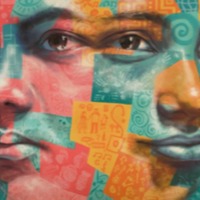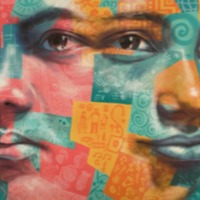
Diane Martin
Despite having the lowest regional prevalence of modern slavery in the world, Europe remains a destination, and to a lesser extent, a source region for the exploitation of men, women and children in forced labour and commercial sexual exploitation. Trafficking for sexual exploitation is the most widespread for of modern slavery with an 84% of victims trafficked for this purpose. The majority of those trafficked for this purpose are women and young girls who often originate from Eastern Europe within the EU as well as Sub-Saharan Africa, with the majority of people being trafficked from Nigeria to various parts of Europe including Italy, France, Spain and the UK through an array of complex trafficking networks. Diane was in her teens when she was forced in to prostitution, first in London and then being trafficked through a prostitution ring to another country. Subjected to physical abuse daily Diane tried to escape and fly back home to the UK, however upon arrival she was met by a trafficker. Diane tells of the physical and mental effects of trafficking, the healing she has gone through and the importance of organisations who support and educate on human trafficking.

Maya A
There are an estimated 136,000 people living on conditions of modern slavery un the United Kingdom (Global Slavery Index 2018). According to the 2017 annual figures provided by the National Crime Agency, 5, 145 potential victims of modern slavery were referred through the National Referral Mechanism in 2017, of whom 2,454 were female, 2688 were male and 3 were transgender, with 41% of all referrals being children at the time of exploitation. People are subjected to slavery in the UK in the form of domestic servitude, labour exploitation, organ harvesting and sexual exploitation, with the largest number of potential victims originating from Albania, China, Vietnam and Nigeria. This data however does not consider the unknown numbers of victims that are not reported. Maya was just 12 years old when she was forced into the world of commercial sexual exploitation. Despite going to school, having foster parents and social workers, nobody in her life recognised the signs of her exploitation. Maya was finally rescued when a policeman refused to dismiss the signs and looked further in to her situation. Maya’s narrative demonstrates the importance of continued support for survivor’s of slavery.